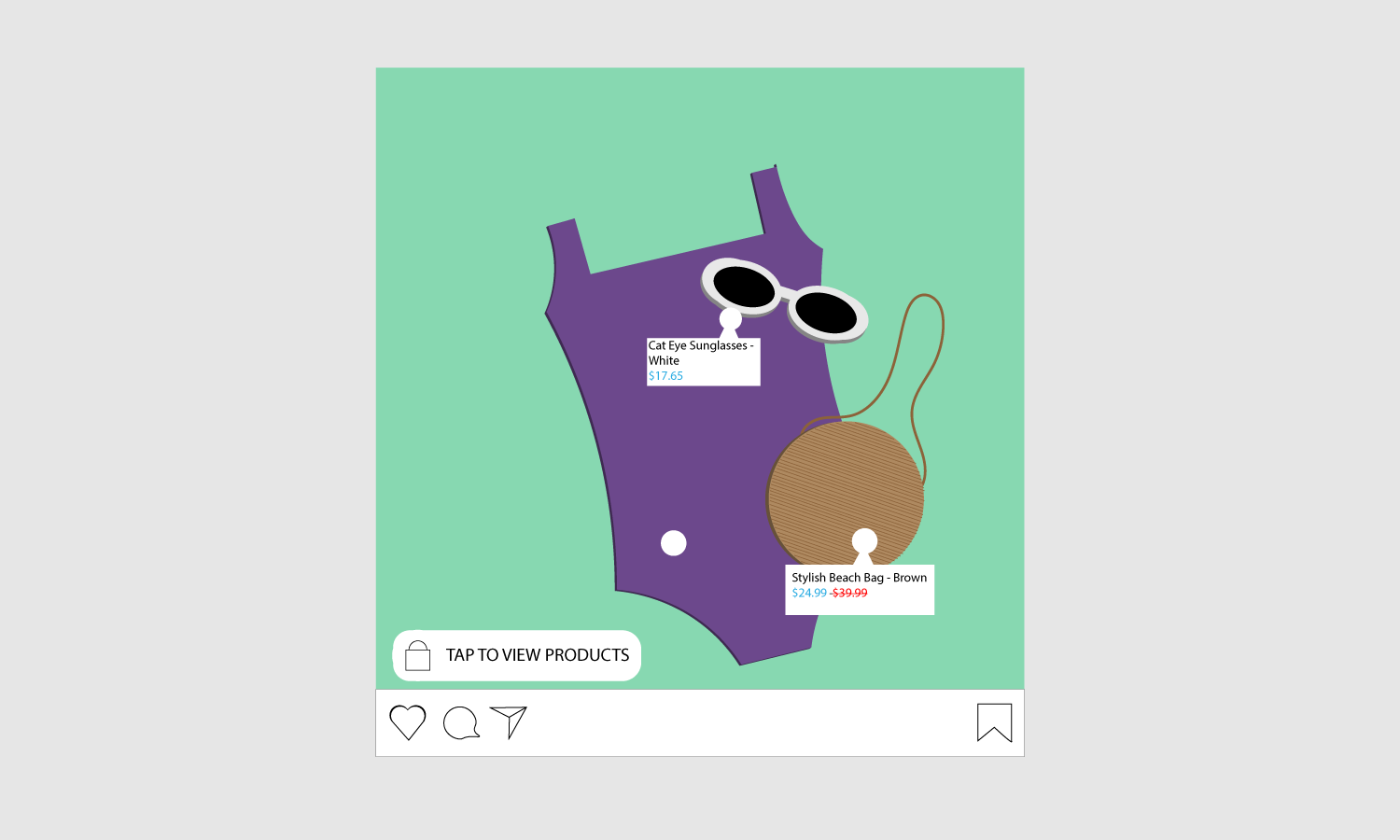Today, mobile apps are creating a more user-friendly, seamless, and fluid experience, with many different interactions. It is estimated that the number of mobile phone users is expected to reach 5 billion in 2019. Because of this, retailers have to focus on the customers experience and their journeys when online. With the many interruptions, it is very easy for shoppers to get distracted from an online purchase.
Shopping experiences are constantly evolving and retailers must meet the challenges of new environments, as well as explore opportunities to deliver new customer experiences. The progress that native shopping experiences have made in recent years is huge. Consumers want better experiences, so leveraging mobile applications technology is a perfect way for retailers to cover product demand and meet their customers’ expectations.
What is a Native Shopping Experience?
A native shopping experience is the integration of e-commerce into the user experience of content sites or other non-commerce properties. It can use technology like augmented reality, push notifications, and GPS mapping. These integrations can be seen in many different forms and vary based on who and what is involved. Some examples of these integrations could be running a companion store alongside the content site, allowing users to buy products from within the same brand. It could also be providing users with avenues to find and buy products from within or around site content. Furthermore, it could be the incorporation of product links or widgets within reviews or editorial content.
Why is the Native Shopping Experience Important?
More than half of smartphone users view their mobile device immediately after waking up. Retailers need to recognize this and use it to their advantage. Retailers are starting to understand what their consumers want, instead of what the retailers think they want. When retailers provide their consumers with the option to buy products at their fingertips, this allows them to close the loop and capitalize on their audience.
The crucial part about the native shopping experience is having the right products, in the right place, at the right time. Retailers need to ensure that they are targeting the right consumers and tailoring their experiences.
Examples of Businesses with a Native Shopping Experience
There are a few businesses that have introduced a native shopping experience. Pinterest is using their Lens Technology, and in February 2018, there were more than 600 million searches. In addition, ASOS and H&M have also introduced their “Style Match” tool to help consumers shop conveniently.
One of the newer features found is the ability to view and shop items on an Instagram post. This option to shop on Instagram has been around since 2016, but it was not until last year when it was released network wide. Businesses have a few options when it comes to selling their products. Once a business account on Instagram connects their catalog to Facebook through a platform, the shopping begins.
The first method that businesses can use is shoppable posts. This happens when the product is tagged within a post and then the user may click on that post to show the products, as well as a direct link to the onsite product page. Here you have the option to browse on the website or to checkout right from there.
Another method that businesses can use is shoppable collections. This means that users can bookmark/save shoppable posts, which then Instagram automatically creates a shopping folder. Finally, there are shoppable stories. This allows verified accounts to add a “swipe up” link to their Instagram stories. Shoppable stories are similar to shoppable posts because there are embedded clickable products and prices.
Are There Any Risks?
Although a native shopping experience seems very beneficial, it is still in an experimental phase. There are some risks for businesses to start selling on other platforms. To start, it can alienate your followers with a feed that is full of promotions. Secondly, it can damage your organic reach and engagement.
Social media is intended to build audiences and entertain them. It is important to remember to treat your audience and consumers as humans, not a number.
What can you do?
Not every business is going to dive feet first into creating a native shopping experience for their customers. It is not ideal. There are many factors involved. However, there are a few things that you can do to get the ball rolling. To start, connect the physical and digital experiences. Businesses need to recognize that a customer’s journey to purchasing products is no longer linear. Work to create a seamless experience between desktops, mobile devices, and in-store experiences. You can also improve the in-store experience. Connecting the 2 experiences is critical for the success of your business.
Summary
Because shopping experiences are constantly changing, it is important to keep up and continue improving your processes. Online shopping and creating a native shopping experience is very important to consumers. Allowing your customers to have products at their fingertips ensures that you are closing the gap and capitalizing on your audience. Customers expect more than ever before. Give them a great experience, and they’ll buy more. The mobile app market is perfect to meet the product demands and customer needs.



